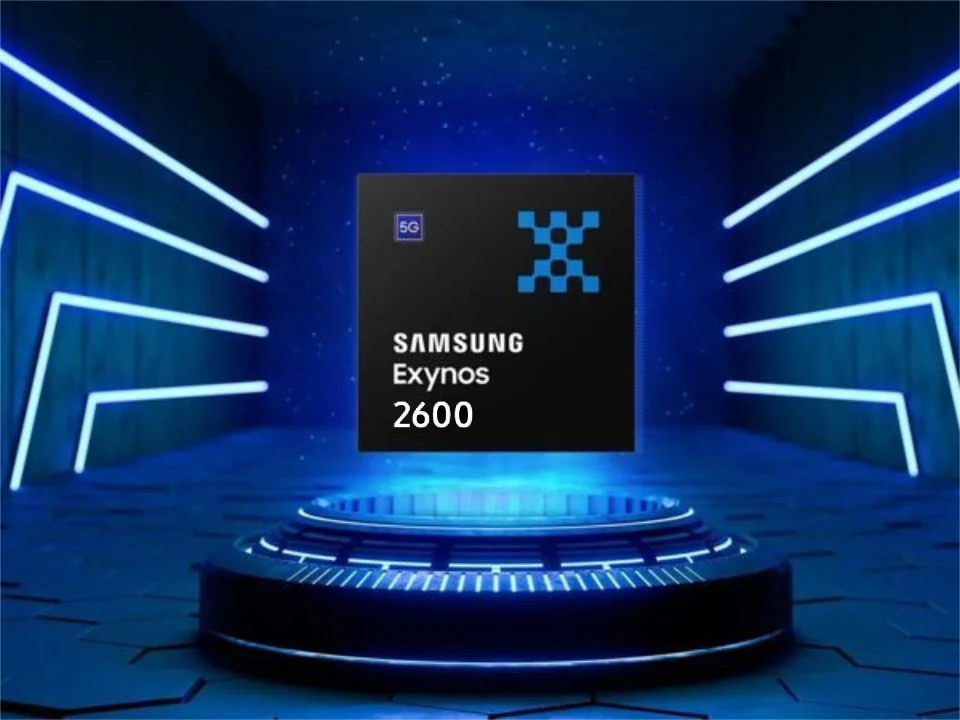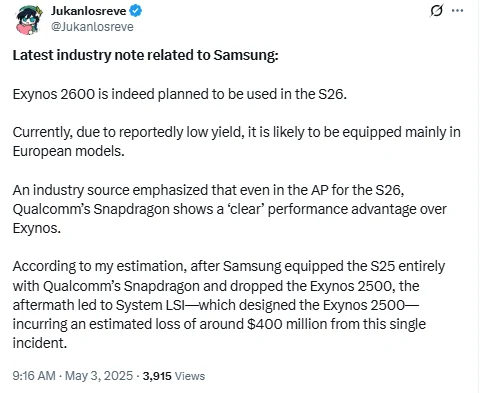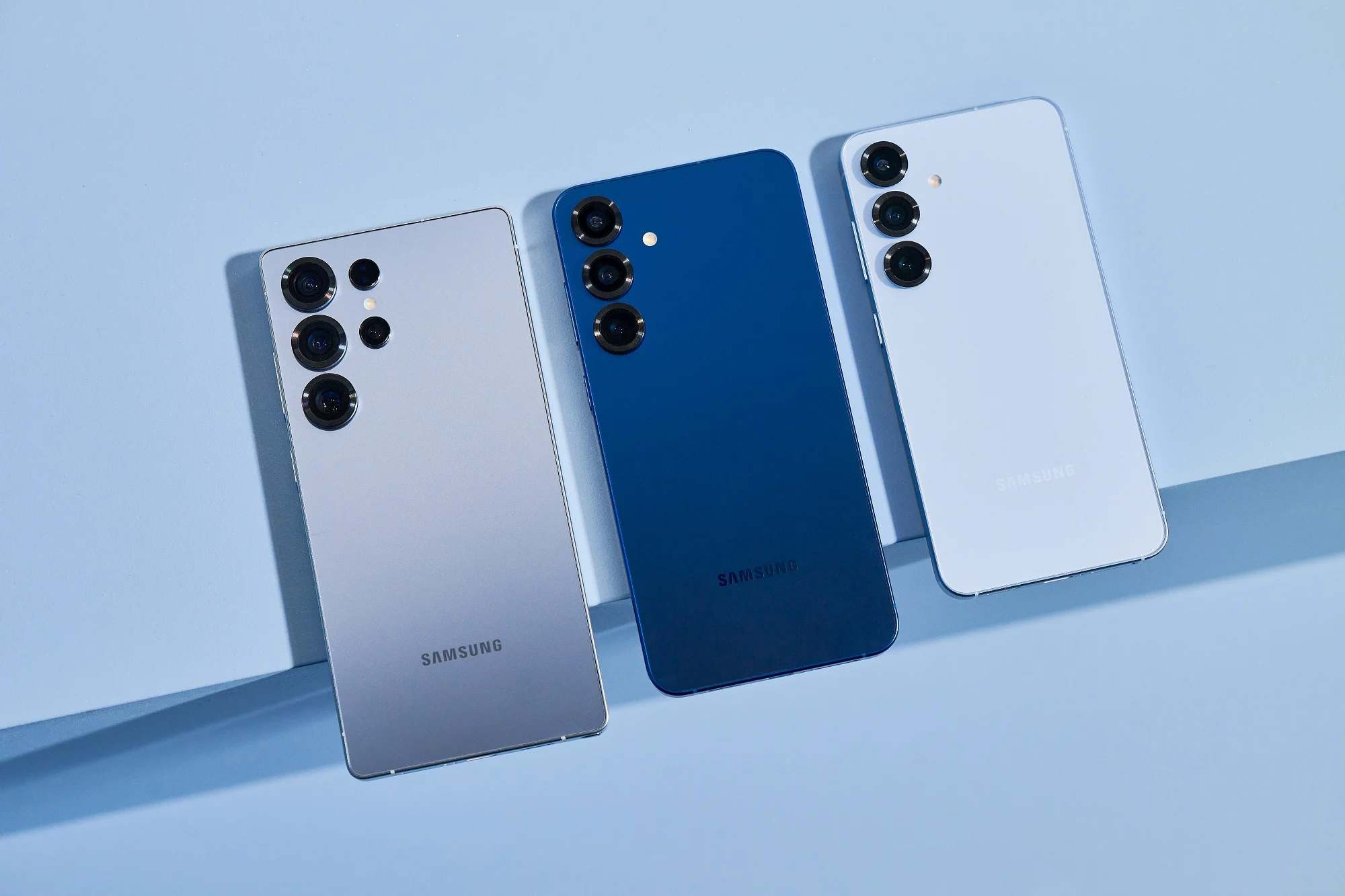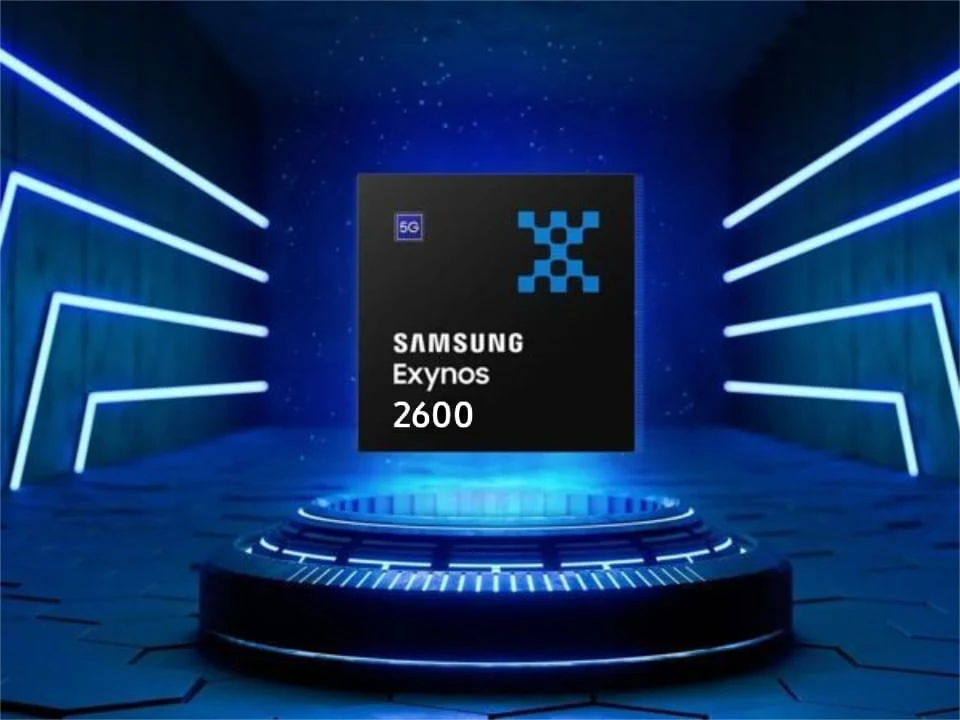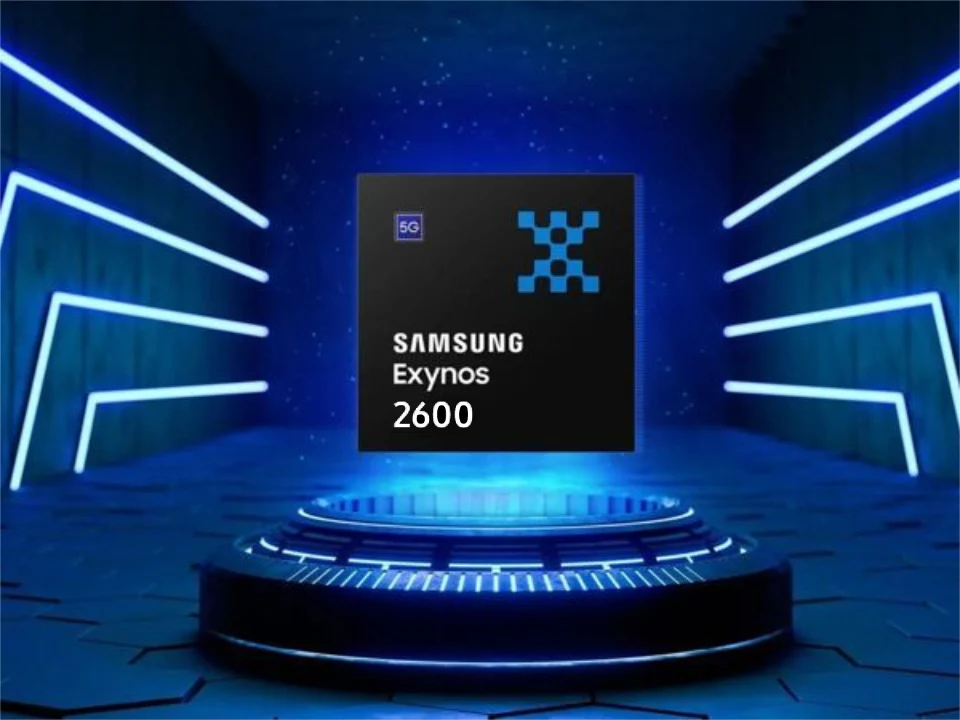Key Takeaways
1. Samsung has started mass production of the Exynos 2600 processor for the Galaxy S26 and S26+ smartphones.
2. The Galaxy S26 Ultra will use a standard Snapdragon 8 Elite 2 processor instead of a specialized version.
3. Samsung aims for 50% production yields for the Exynos 2600, with actual mass production requiring yields over 60%.
4. Historical challenges with the Exynos 2500 may repeat, as it faced delays due to low yields on its SF3 node.
5. It’s uncertain how the Exynos 2600 will perform compared to competitors like Snapdragon 8 Elite 2 and MediaTek Dimensity 9500.
Samsung has begun mass production of its next-generation smartphone processor, the Exynos 2600. This chip is expected to power the Galaxy S26 and Galaxy S26+ in the upcoming year. Similar to the Galaxy S24 lineup, the Ultra version—known as the Galaxy S26 Ultra—will use a Snapdragon processor. However, this time, it will feature a standard Snapdragon 8 Elite 2 instead of the For Galaxy version typically seen in Samsung devices.
Production Challenges
According to reports, Samsung is aiming to achieve 50% yields for the Exynos 2600. This processor is set to be the first smartphone chip made on Samsung’s SF2 node. Previously, estimates suggested yields were around 40%, with some performance sacrifices involved. Actual mass production can only commence once yields exceed 60%, which seems unlikely until later this year.
Historical Context
We’ve witnessed a similar situation with last year’s Exynos 2500. While it was ready in a reasonable timeframe for the Galaxy S25, the chip’s release got delayed to mid-2025 due to low yields on its SF3 node. There is a significant possibility that history might repeat itself, as SF2 is reportedly just a renamed variant of SF3 (SF3P). The Exynos 2500 is planned to be used in the Galaxy Z Flip 7, but the more premium Galaxy Z Fold 7 will stick with the Snapdragon 8 Elite for Galaxy.
Future Outlook
At this point, it’s too soon to determine how the Exynos 2600 will compare to other processors. If the Exynos 2500 is any indication, there’s still much work to do, especially when stacked against the Snapdragon 8 Elite 2 and MediaTek Dimensity 9500, both of which are expected to deliver notable improvements from generation to generation.
Source:
Link

